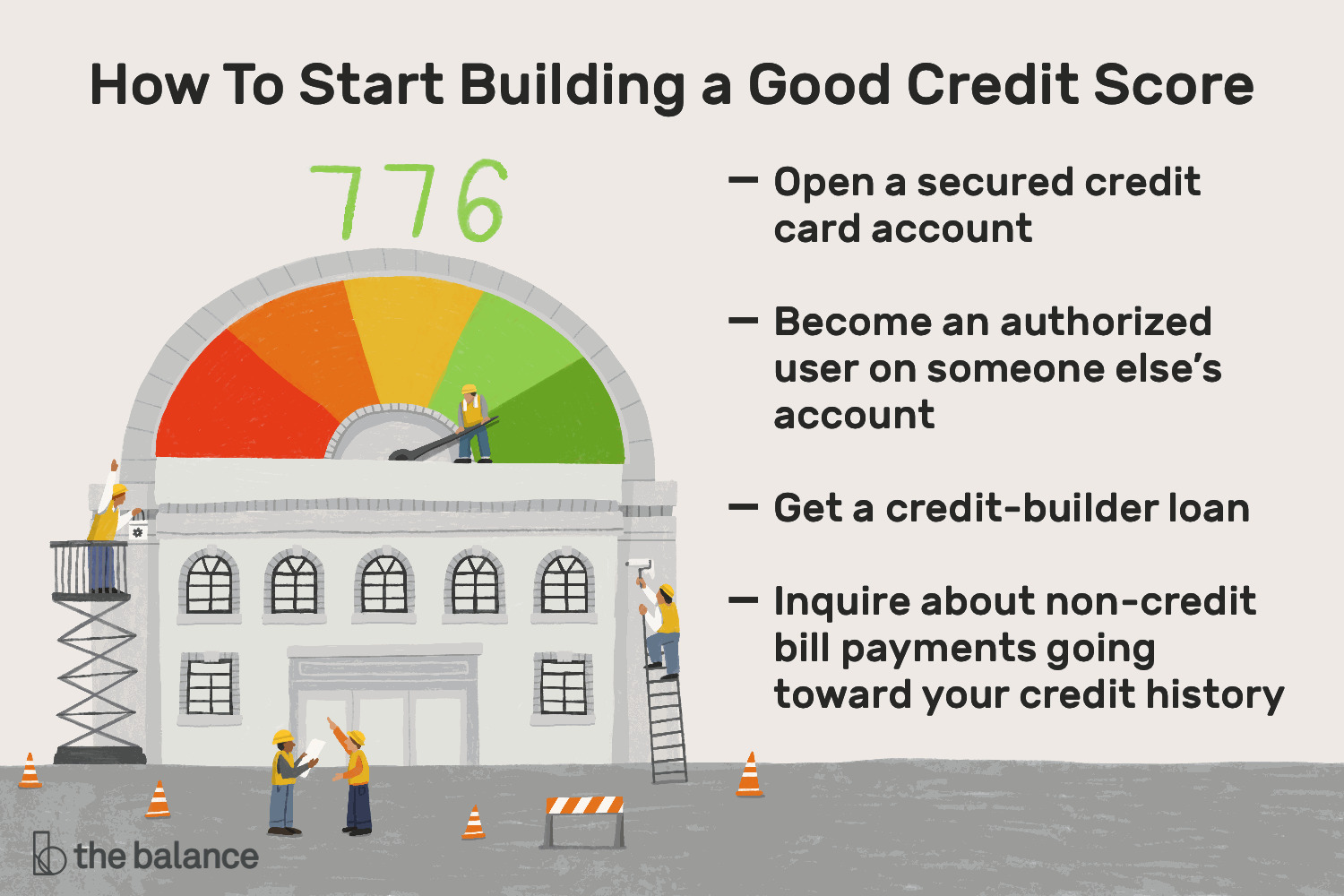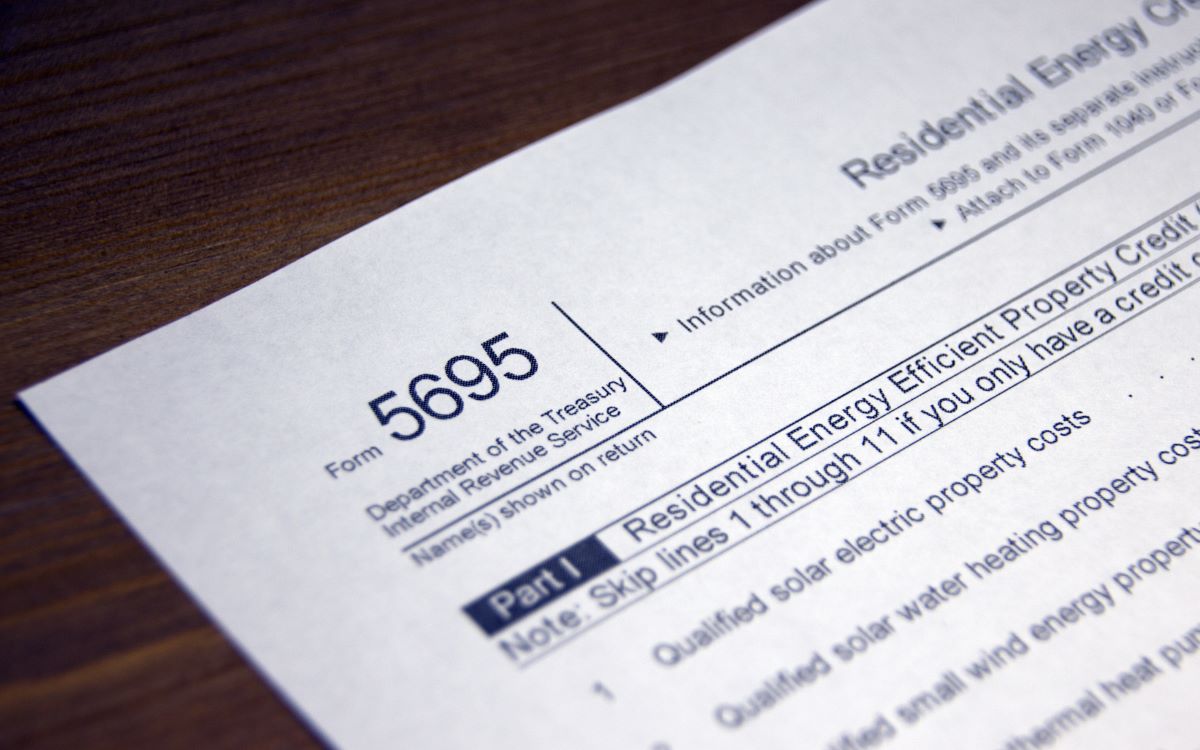Home>Finance>How Long Does It Take To Get Home Heating Credit


Finance
How Long Does It Take To Get Home Heating Credit
Published: January 10, 2024
Get answers to the question "How long does it take to get home heating credit?" and learn about the financial aspects of obtaining this credit. Find out more about finance and tax benefits.
(Many of the links in this article redirect to a specific reviewed product. Your purchase of these products through affiliate links helps to generate commission for LiveWell, at no extra cost. Learn more)
Table of Contents
Introduction
Home heating credit is a financial assistance program designed to help low-income individuals and families cover the costs of heating their homes during the winter months. With the rising energy costs, this credit can provide much-needed relief to those who are struggling to make ends meet. Whether it’s gas, oil, or electricity, the home heating credit can be a crucial lifeline for households facing financial hardships. Understanding the process of obtaining this credit and the eligibility requirements is essential for those in need.
This article will guide you through the details of the home heating credit program, including the eligibility criteria, application process, required documentation, processing time, credit amount, and applying for multiple years. Additionally, we will discuss the appeal process in case your application is denied or if you believe you deserve a higher credit amount.
By the end of this article, you will have a comprehensive understanding of the home heating credit program and be better equipped to navigate the application process and access the financial support you may be entitled to.
Eligibility Requirements
In order to qualify for the home heating credit, individuals and families must meet certain eligibility requirements. These requirements are based on income levels and household size. Here are the key factors that determine eligibility:
- Income Level: The primary factor in determining eligibility is the household’s income. The income limits vary depending on the state and program guidelines. Generally, individuals and families with lower incomes are more likely to qualify for the credit.
- Household Size: The number of people living in the household also plays a role in determining eligibility. Larger households may have higher income limits compared to smaller households.
- Residency: Typically, the home heating credit is available to residents of the state where the assistance program is being offered. Proof of residency may be required.
- Citizenship Status: Most programs require applicants to be U.S. citizens or qualifying non-citizens in order to be eligible for the credit. Proof of citizenship or immigration status may be necessary.
- Utility Billing Responsibility: Some programs require that the individual or household be responsible for paying the heating bills directly. In other cases, the credit may be provided to the landlord or utility company on behalf of the eligible individual or family.
It’s important to note that eligibility requirements may vary from state to state, and it’s crucial to consult the specific guidelines and regulations of the state in which you reside. Additionally, income and other qualifying factors may be subject to change each year, so it’s essential to stay updated on the current requirements.
If you meet the eligibility requirements outlined by your state’s home heating credit program, you can proceed with the application process to receive the financial assistance you need during the winter months.
Application Process
The application process for the home heating credit typically involves several steps. While the specific process may vary depending on the state, here is a general overview of how to apply:
- Gather Required Information: Before starting the application, gather the necessary information. This may include your Social Security number, proof of income (such as pay stubs or tax returns), utility bills, and any other documentation required to verify your eligibility.
- Obtain the Application Form: You can usually obtain the application form online through the official website of your state’s home heating credit program. Alternatively, you may also be able to pick up a physical copy of the application form from local service centers or community assistance organizations.
- Complete the Application: Carefully fill out the application form, providing accurate and up-to-date information. Be sure to answer all the questions and provide any required documentation as indicated on the form.
- Submit the Application: Once you have completed the application, submit it according to the instructions provided. This may include mailing it to the appropriate address or submitting it online through the program’s website.
- Keep Copies and Proof of Submission: Make copies of your completed application and any supporting documents for your records. Also, keep proof of submission, such as a receipt for certified mail or an email confirmation, in case any issues arise.
After submitting your application, it will be reviewed by the program administrators. They will assess your eligibility based on the information provided and determine the amount of home heating credit you qualify for.
It’s important to note that the application process may have specific deadlines. Make sure to submit your application within the designated time frame to ensure your eligibility is considered.
Once your application is processed, you will receive a notification informing you of the outcome and the approved credit amount, if applicable. If your application is approved, the credit will typically be applied to your heating bills or provided as a direct payment, depending on the program’s guidelines.
Documentation Needed
When applying for the home heating credit, you will be required to provide certain documentation to support your eligibility. Here is a list of common documents that may be needed:
- Proof of Income: This can include recent pay stubs, W-2 forms, or tax returns. These documents help verify your income and determine if you meet the income eligibility requirements for the program.
- Utility Bills: You may need to provide copies of your recent heating bills to demonstrate your heating expenses. These bills help assess your need for financial assistance with home heating costs.
- Proof of Residency: You may need to provide proof of your residence, such as a lease agreement, utility bills, or a driver’s license with your current address. This helps establish your eligibility within the program’s service area.
- Social Security Number: Your Social Security number may be required as a form of identification and to verify your eligibility for the program.
- Proof of Citizenship or Immigration Status: Depending on the program’s requirements, you may need to provide documentation of your U.S. citizenship or immigration status. This can include a birth certificate, passport, or immigration documents.
- Other Supporting Documents: Depending on the specific requirements of your state’s program, you may need to provide additional documentation, such as proof of disability, proof of household size, or proof of special circumstances that may impact your eligibility.
It’s important to carefully review the documentation requirements outlined by your state’s home heating credit program. Gathering and submitting the necessary documents accurately and in a timely manner will help ensure a smooth and efficient application process.
Keep in mind that the documentation needed may vary depending on your individual circumstances and the specific program guidelines. Always refer to the official guidelines provided by your state’s program to determine precisely what documentation is required.
Processing Time
The processing time for the home heating credit application can vary depending on the volume of applications received, the efficiency of the program administration, and other factors. While it is challenging to provide an exact timeline, it’s crucial to be aware of the general processing time and plan accordingly.
In many cases, the processing time for the home heating credit application can range from a few weeks to a couple of months. During peak application periods, such as the winter months, it’s possible for processing times to be slightly longer due to increased demand.
It’s important to note that programs prioritize applications based on the urgency of need and critical situations. If you are facing an emergency or extreme hardship, it’s advisable to communicate your situation to the program administrators to expedite the processing of your application, if possible.
Some programs may provide a way to check the status of your application online or through a designated helpline. This can help you track the progress of your application and obtain an estimated processing time. If you haven’t received any communication regarding your application after the average processing timeframe, it’s best to reach out to the program administrators for an update.
Remember to provide accurate contact information when submitting your application, as any delays or difficulties in reaching you can extend the processing time.
It’s important to remain patient during the processing period and be prepared for a potential wait. Ensure that you have made alternate arrangements to cover your heating expenses while your application is being reviewed and processed.
By understanding the general processing time and staying informed about the progress of your application, you can better manage your expectations and be prepared for any potential delays.
Credit Amount
The amount of home heating credit you may receive depends on several factors, including your income, household size, and the program’s guidelines. The credit amount is designed to provide assistance in covering a portion of your home heating expenses. Here are some key points to consider:
- Income Eligibility: The credit amount is often determined based on your income level. Lower-income households typically qualify for a higher credit amount, as they may have a greater need for financial assistance to meet their heating expenses.
- Household Size: The size of your household also plays a role in determining the credit amount. Larger households may receive a higher credit amount to account for the increased heating costs associated with more people living in the home.
- Program Guidelines: Each state’s home heating credit program has its own guidelines for calculating the credit amount. These guidelines consider various factors, and the formulas used to determine the credit amount may differ between states.
- Heating Expenses: The credit amount is designed to assist with a portion of your home heating costs. The exact percentage or dollar amount that will be credited varies depending on the program and its specific guidelines.
It’s important to note that the credit amount may vary from year to year, as it is influenced by changes in income eligibility levels, funding availability, and other factors. It’s recommended to review the current guidelines for your state’s program to understand the credit amount you may be eligible to receive.
The home heating credit is intended to supplement your own contributions to covering heating expenses. It’s important to continue paying your bills and meeting your financial obligations while utilizing the credit to alleviate some of the financial burden.
By understanding the factors that determine the credit amount and staying updated on the program’s guidelines, you can better plan and utilize the home heating credit to make your winter heating expenses more manageable.
Applying for Multiple Years
If you meet the eligibility criteria and receive a home heating credit for a particular year, you may wonder if you can apply for the credit again in subsequent years. The ability to apply for multiple years varies depending on the program and its guidelines. Here are some important points to consider:
Renewal Application: Some home heating credit programs require individuals to submit a renewal application each year to continue receiving the credit. This process ensures that your eligibility and circumstances are assessed annually to determine if you still qualify for the assistance.
New Application: In other cases, you may need to submit a new application each year, even if you received the credit in the previous year. This allows for updated income and household size information to be considered when determining eligibility and credit amount for the current year.
Income Changes: It’s important to keep in mind that changes in your income or household size may impact your eligibility for the home heating credit. If there have been significant changes in your financial situation, it’s advisable to review the eligibility criteria and guidelines before applying for the credit in subsequent years.
Application Deadlines: Each year, there may be specific application deadlines for submitting your renewal or new application. It’s essential to be aware of these deadlines to ensure your eligibility and credit amount are considered for the current heating season.
Keep Records: It’s a good practice to keep records of your previous home heating credit applications, approval letters, and any supporting documentation. These records can serve as a reference when applying for the credit in future years and help ensure accurate and efficient processing of your application.
Program Changes: It’s important to note that program guidelines and eligibility criteria may change over time. Stay updated on any modifications to the program requirements to ensure compliance and successful application submission.
By understanding the application process for multiple years and staying informed on program requirements, you can continue to receive the home heating credit if you meet the eligibility criteria and maintain records of your previous applications.
Appeal Process
In the event that your application for the home heating credit is denied or you believe that the approved credit amount is inadequate, you may have the option to appeal the decision. The appeal process ensures that you have a chance to present additional information or address any discrepancies that may have influenced the initial decision. Here are some important points to consider:
Review the Denial or Approval Letter: If your application is denied or you are dissatisfied with the approved credit amount, carefully review the denial or approval letter provided by the program administrators. This letter will typically explain the reasons for the decision and outline the steps to follow for filing an appeal.
Deadline for Appeal: Pay close attention to the deadline stated in the denial or approval letter for filing an appeal. Missing the deadline may result in the loss of the opportunity to appeal the decision.
Gather Additional Information: If you decide to appeal, gather any additional information or documentation that supports your case. This may include updated income documents, utility bills, or any other relevant evidence that demonstrates your eligibility for a higher credit amount.
Submit an Appeal Letter: Write a formal letter of appeal, addressing the program administrators. Include your full name, contact information, and a concise explanation of why you are appealing the decision. Clearly state the reasons for your disagreement with the initial decision and provide any supporting documentation or evidence to strengthen your case.
Follow Appeal Instructions: Ensure that you follow the specific instructions provided by the program administrators for submitting your appeal. This may include mailing the letter to a designated address or submitting it through an online portal.
Keep Copies and Proof of Submission: Make copies of your appeal letter and any supporting documentation for your records. Also, keep proof of submission, such as a receipt for certified mail or an email confirmation, to provide evidence of timely submission if needed.
Wait for a Response: After submitting your appeal, patiently await a response from the program administrators. The time it takes to receive a decision can vary depending on the program’s caseload and internal processes. If you haven’t heard back within a reasonable time frame, you may consider reaching out to inquire about the status of your appeal.
Be Prepared for Alternative Outcomes: It’s essential to be prepared for alternative outcomes when appealing the decision. The appeal may result in the reversal of the initial decision, an adjustment in the credit amount, or the confirmation of the original decision.
Seek Legal Help, if Necessary: If you believe that your appeal has been unjustly denied or that your rights have been violated, you may consider seeking legal assistance to explore further options and protections.
By following the appeal process and providing relevant information and documentation, you increase your chances of having the initial decision reconsidered and obtaining a more favorable outcome.
Conclusion
Obtaining the home heating credit can make a significant difference for individuals and families facing financial challenges during the winter months. This financial assistance program is designed to help alleviate the burden of high heating costs for those who qualify based on income and household size.
In this article, we have covered the essential aspects of the home heating credit program, including eligibility requirements, the application process, documentation needed, processing time, credit amount, applying for multiple years, and the appeal process. By understanding these elements, you can navigate the application process with confidence and maximize your chances of receiving the assistance you need.
Remember to carefully review the eligibility criteria specific to your state’s program and gather all the required documentation before applying. Be mindful of the processing time and plan accordingly. If you are not satisfied with the approved credit amount or your application is denied, the appeal process provides an opportunity to present additional information and address any discrepancies.
It is important to stay updated on any changes to the program guidelines and requirements. Check the official website of your state’s home heating credit program regularly for the most current information.
We hope this article has provided you with valuable insights into the home heating credit program. By leveraging this program, you can alleviate some of the financial strain associated with winter heating costs and ensure a warm and comfortable home for you and your family.














